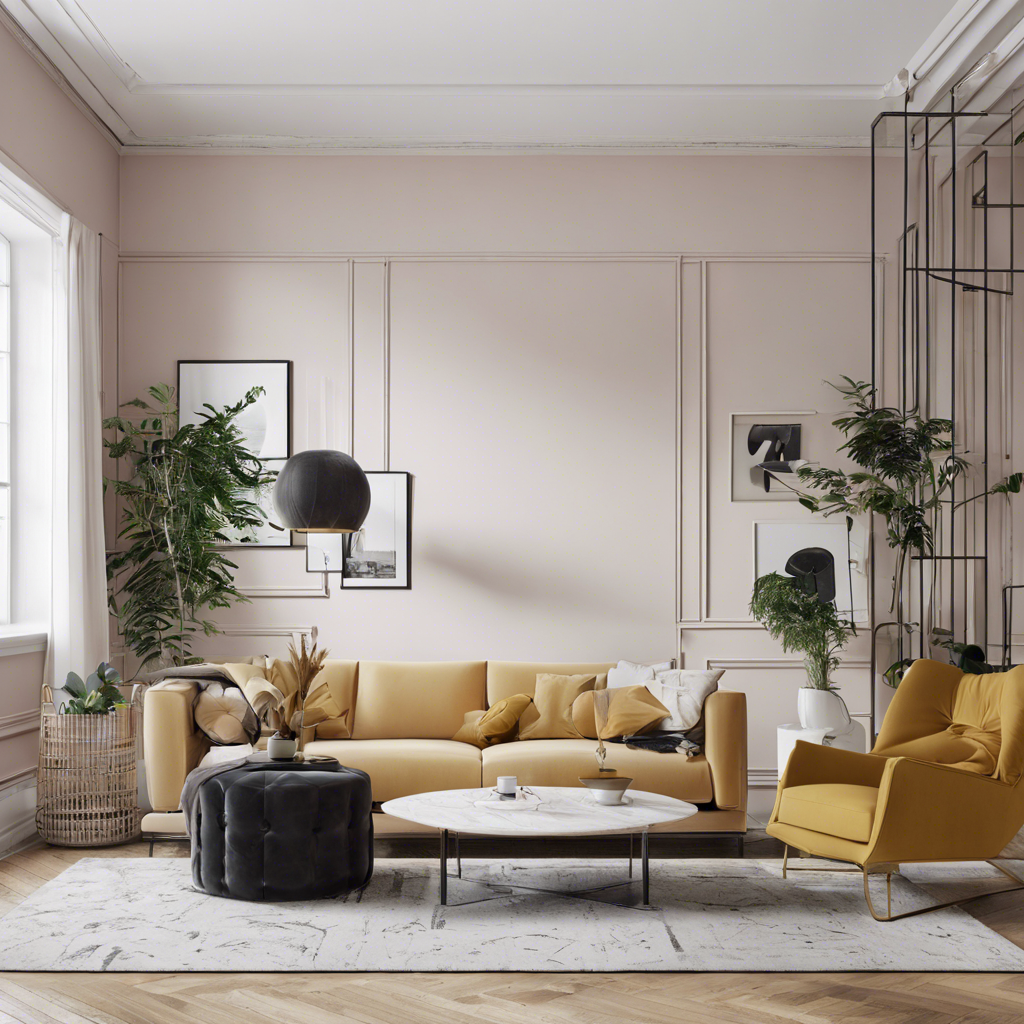The ongoing debate between minimalism and maximalism has dominated the design world for years, with proponents of each style passionately advocating for their preferred aesthetic. But which one is truly superior? The answer may lie not in choosing one over the other but in finding the perfect balance between the two. Minimalism advocates for simplicity, emphasizing clean lines, neutral color palettes, and a focus on functionality. It’s about editing down to the essentials, removing clutter, and creating calm, intentional spaces. Proponents of minimalism argue that it promotes a sense of order and tranquility, allowing the few carefully chosen elements to take center stage. On the other hand, maximalism embraces excess and exuberance, celebrating pattern, color, and an abundance of decorative elements. It encourages a more-is-more approach, filling spaces with layers of texture, vibrant hues, and an array of interesting objects that reflect the occupant’s personality.
While minimalism and maximalism may seem like polar opposites, they both share a common goal: to create an environment that brings joy and comfort. The key difference lies in the means by which they achieve this goal. Minimalists find solace in simplicity, while maximalists thrive in a surround of stimulation. So, how do you navigate between these two extremes to find your perfect design balance? It starts with understanding your personal preferences and how you want your space to make you feel. Ask yourself whether you’re drawn to calm, serene environments or energized by vibrant, eclectic spaces. Consider your day-to-day life and whether you crave a sense of order and simplicity or yearn for a more immersive, decorative surrounding.
Begin by editing your space and paring back the nonessentials. Only keep the items that serve a purpose or hold sentimental value. This process will help you establish a sense of order and create a blank canvas to work from. Once you’ve decluttered, take time to live in the space and get a feel for what truly matters to you. Pay attention to the items you reach for daily and the areas that feel lacking. This will give you insight into what you need and where you can start introducing new elements. Introduce elements that bring you joy and reflect your personality. This could be through artwork, accessories, or a splash of color. Layer textures and patterns to add depth and visual interest, creating a space that feels rich and inviting.
Maximalism doesn’t have to mean chaos. Even with a more-is-more approach, there are ways to create a sense of harmony. The key is to find a common thread that ties everything together. This could be a consistent color palette or a recurring theme in the patterns and artwork you choose. Repeating shapes or colors can help create a sense of unity, even amid abundance. Balance is essential. Pay attention to scale and proportion, ensuring that the space feels cohesive and intentional. You can achieve this by varying the heights of objects, grouping items together, and creating visual triangles to guide the eye across the room.
Lighting plays a crucial role in any design scheme, but it’s especially important when aiming for a balance between minimalism and maximalism. Use lighting to draw attention to specific areas or objects, creating focal points and adding drama. A combination of natural light, ambient lighting, and task lighting will ensure the space is both functional and atmospheric. Minimalism often emphasizes the use of natural materials, and incorporating these into your design scheme can help ground the space and add a sense of warmth and texture. Think about introducing wood, stone, or plants to create an organic feel that contrasts with more decorative elements.
Don’t be afraid to experiment and push the boundaries of your design comfort zone. Try introducing a statement piece or a pop of color to a minimalist space, or edit down a maximalist room to its essentials. By playing with these extremes, you’ll develop a better understanding of your preferences and how to strike the perfect balance. Find inspiration everywhere, from nature to art galleries, travel destinations to fashion. Look for unique pieces that speak to you and reflect your experiences, ensuring your space is a true reflection of your tastes and interests.
Ultimately, the perfect balance between minimalism and maximalism is highly personal and will vary for each individual. It’s about trusting your instincts and creating a space that feels right for you. So, whether you lean towards the simplicity of minimalism or the exuberance of maximalism, remember that design is a journey of self-discovery and a way to express your unique sense of style. Embrace the process, and enjoy the transformation!
